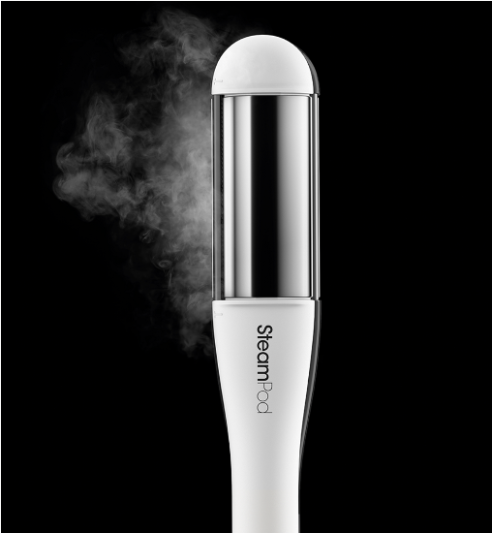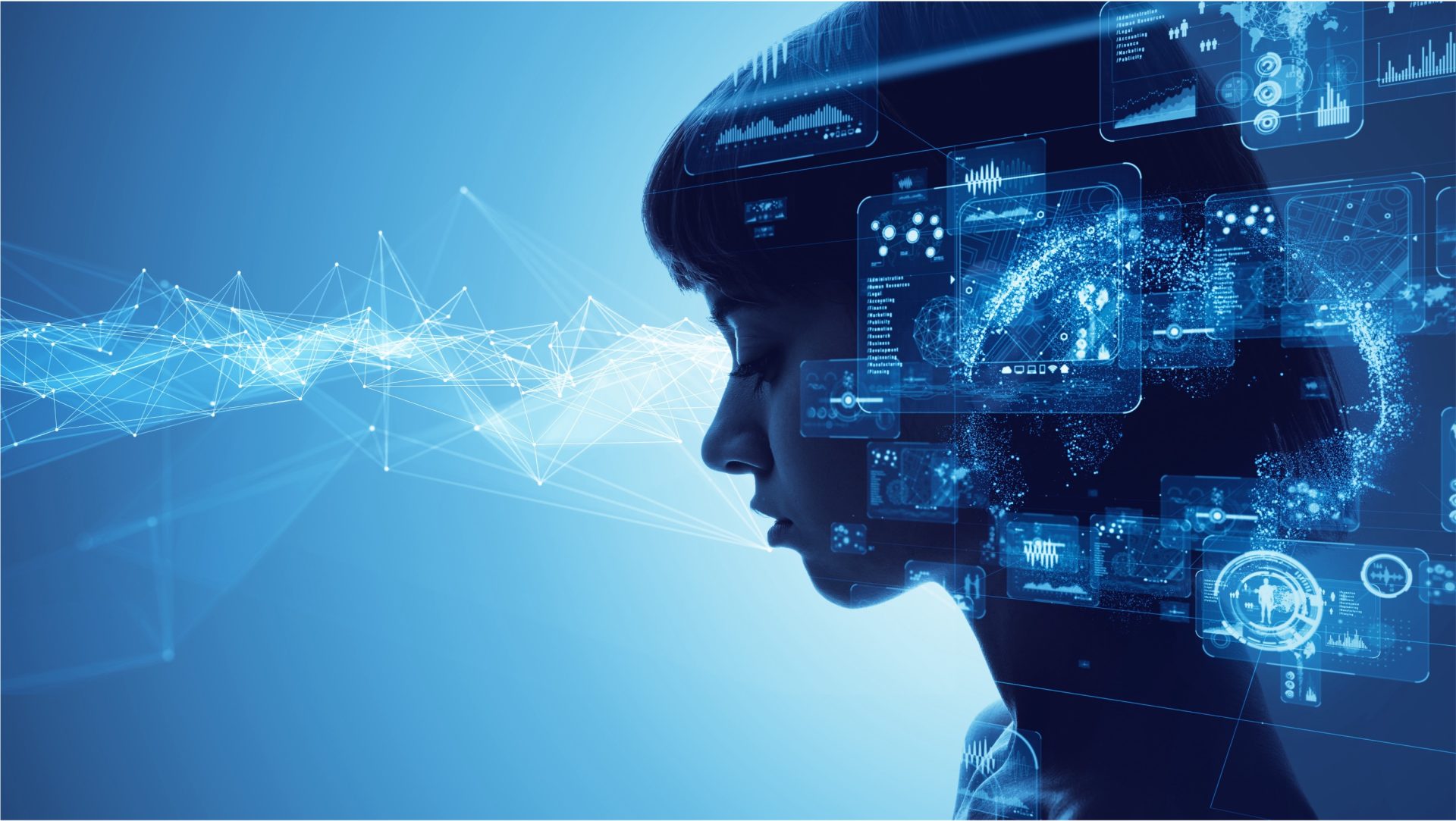Future Proofing Beauty: Digital Transformation
Maximising value through digital transformation in beauty companies.
Innovation is the key to sustained growth in the beauty industry. As consumer expectations evolve and market environments become more dynamic, the ability to innovate quickly and effectively has never been more crucial. At Skarbek, we understand the need for companies to enhance their innovation capabilities, which is why we have developed the Innovation Fitness Index (IFI), a comprehensive diagnostic tool that helps organisations assess their readiness to innovate across various dimensions [1]. Digital and AI technologies are core components of the IFI, as they enable companies to drive speed, agility, excellence in their innovation processes and offer new potential in augmented consumer innovation.
In 2023, the global beauty market’s retail sales grew to $446 billion, a 10% increase from 2022 [2]. This growth was primarily driven by price increases rather than volume gains due to macroeconomic factors, low consumer confidence, and widespread discounting. Digital transformation is becoming a strategic imperative for beauty companies to sustain their growth and remain competitive.
65% of organisations are now using generative AI in at least one business function, and this number continues to rise [3]. Digital transformation is reshaping every aspect of this sector, from product development to consumer engagement. For beauty companies, adopting digital tools such as AI and machine learning is critical for improving customer engagement, product development, operational efficiency, and team efficiency.

Digitally Enhanced Customer Experience & Engagement.
Digital transformation has had a profound impact on the beauty sector, particularly in customer experience and engagement. With beauty companies already enjoying a unique relationship with consumers, direct-to-consumer value streams have become central.
These technologies enable companies to collect and analyse vast datasets, empowering them to customise product offerings and enhance customer experiences more effectively.
Nowadays consumers expect products and services tailored to their unique preferences, and AI-driven personalisation tools allow companies to meet this demand. AI and Machine Learning algorithms analyse consumer data such as skin type, hair condition, or buying habits to provide tailored beauty routines and product recommendations.
Kiehl’s Derma-Reader allows consumers to perform a comprehensive skin diagnosis using just a smartphone photo. Leveraging advanced clinical imaging technology, it analyses over 16,000 clinical images and 11 key skin characteristics [4].
Based on this analysis, a customised list of product recommendations, expert advice, and a bespoke beauty routine is provided.
AI-powered virtual try-on tools enable beauty customers to visualise how makeup or hair colour products will look on their skin before purchasing [9]. This not only enhances engagement but also increases conversion rates by giving consumers more confidence in their choices.
To help visually impaired individuals use its products independently, without needing assistance, the Estée Lauder Companies (ELC) has developed a voice-activated makeup assistant (VMA). The VMA mobile app is based on AI and augmented reality and guides the user through voice. In this context, the mobile app utilises the preferences set by the user on their device, but it also offers them the option to alter the type of voice and speech rate.
AI can also significantly enhance the efficiency and effectiveness of marketing content generation for beauty companies by automating and personalising content generation.
L’Oréal’s CREAITECH lab has developed a brand custom AI model, specifically trained with the core codes of L’Oréal’s brands, to generate brand-compliant content [5;6]. This AI system produces localised, brand-specific content, focusing on creating tailored marketing materials that resonate with diverse consumer audiences. To build this solution, L’Oréal leveraged a WPP-Nvidia engine, along with multiple Large Language Models (LLMs) and distribution models.
Digital Improved product development.
 Digital transformation is changing the way product development is being carried out in the beauty sector. AI-powered product innovation tools, such as natural language processing (NLP) and predictive analytics, allow companies to mine consumer data to identify emerging trends and preferences. This enables companies to rapidly prototype and launch products that align with current consumer demand. L’Oréal has developed TrendSpotter, a platform designed to quickly identify new trends and enable the creation of products that meet consumers’ emerging needs [5;6].
Digital transformation is changing the way product development is being carried out in the beauty sector. AI-powered product innovation tools, such as natural language processing (NLP) and predictive analytics, allow companies to mine consumer data to identify emerging trends and preferences. This enables companies to rapidly prototype and launch products that align with current consumer demand. L’Oréal has developed TrendSpotter, a platform designed to quickly identify new trends and enable the creation of products that meet consumers’ emerging needs [5;6].
Powered by AI, this trend detection engine scans online content from trendsetters—such as blogs and social media—to spotlight the latest must-have trends with just one click! This AI is trained and advanced enough to identify posts discussing beauty topics, as well as keywords that could become the standout
beauty products of tomorrow for consumers worldwide. These new trends can relate to all sorts of areas, from ingredients to textures, packaging, and lifestyle.
The Estée Lauder Companies (ELC) and Microsoft Corp. have also created an AI Innovation Lab applying generative AI tools in Research and Development for quicker product development allowing scientists and product development specialists to respond to emerging product and ingredient trends rapidly.
Digitally improved operational efficiency.
While digital technologies greatly enhance customer engagement, they also play a critical role in optimising supply chain management and logistics in beauty companies where manufacturing and operations are traditionally already very strong. AI is used to enhance operational efficiency through sales forecasting, predictive shipping, stock allocation including quality control.
IoT-enabled smart devices in the beauty industry help companies track product performance and user behaviour in real-time, enabling more accurate demand forecasting and inventory management. Blockchain technology is also being used to ensure transparency and traceability in the supply chain [7;8].
Team efficiency or Augmented Team.
Digital technologies such as AI will play a key role in enhancing team productivity but also in improving global job satisfaction.
The automation of routine tasks such as data entry or report generation will free up employees to focus on more strategic and creative tasks. The decision-making process will also be augmented thanks to AI driven data and insights. AI-powered digital assistants will assist employees in generating new ideas and content, whether for marketing, product development, or problem-solving [10;11].
Augmented teams will stay at the centre of leadership, decision-making and innovation, while digital technologies such as AI will amplify their efforts. The team will define the purpose and direction, and digital technologies will provide the tools and insights to reach goals more efficiently and effectively. This approach ensures that technology remains a powerful enabler allowing employees to be more creative, more collaborative and efficient.
Data-Driven Leadership and Risk Management.
Effectively implementing digital tools in beauty companies will require robust leadership and a strong strategic emphasis on data. Realising a company’s AI vision will rely significantly on leadership’s dedication to fostering a data-driven culture that ensures alignment between AI, data strategies, and overarching business objectives. Companies that successfully integrate AI and data across their value chains will be able to move from reactive to predictive decision-making, ultimately driving greater value creation [12;13].
While doing so, challenges such as data governance, security, and ethical AI use will need to be addressed. Global cybersecurity risk is still a very important risk, but inaccuracy and intellectual property infringement are also increasingly considered as relevant risks to beauty companies using AI.
The beauty industry is on the brink of a digital revolution. By embracing these technologies, the beauty sector will enhance customer experiences, streamline operations, and drive product innovation. Beauty companies that successfully engage in this digital transformation will achieve significant competitive advantages, unlock new revenue streams, and improve profitability.

Digital and AI innovation processes are key elements of Skarbek’s Innovation Fitness Index, a holistic diagnostic tool that helps clients assess their organization’s ability to drive innovation today. This powerful tool goes beyond conventional assessments, offering a comprehensive analysis of your organization’s readiness to deliver innovation. It enables clients to uncover valuable insights that can shape strategy, enhance processes, and elevate their level of innovation. Get in touch with one of our experts to begin your innovation fitness assessment today – enquiries@skarbek.com
